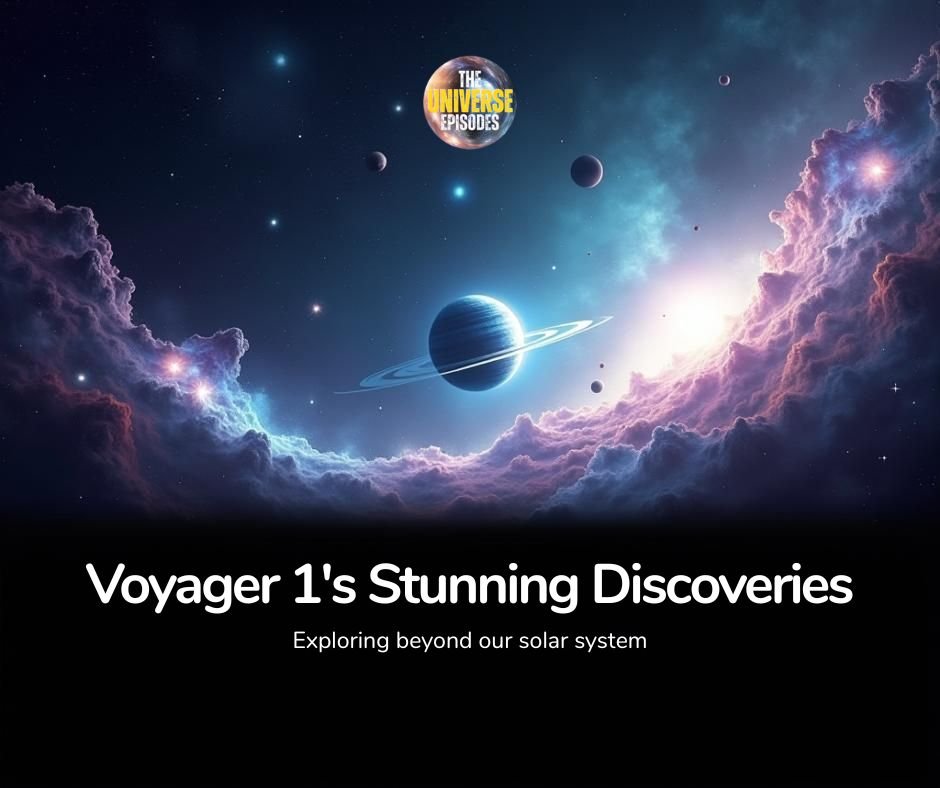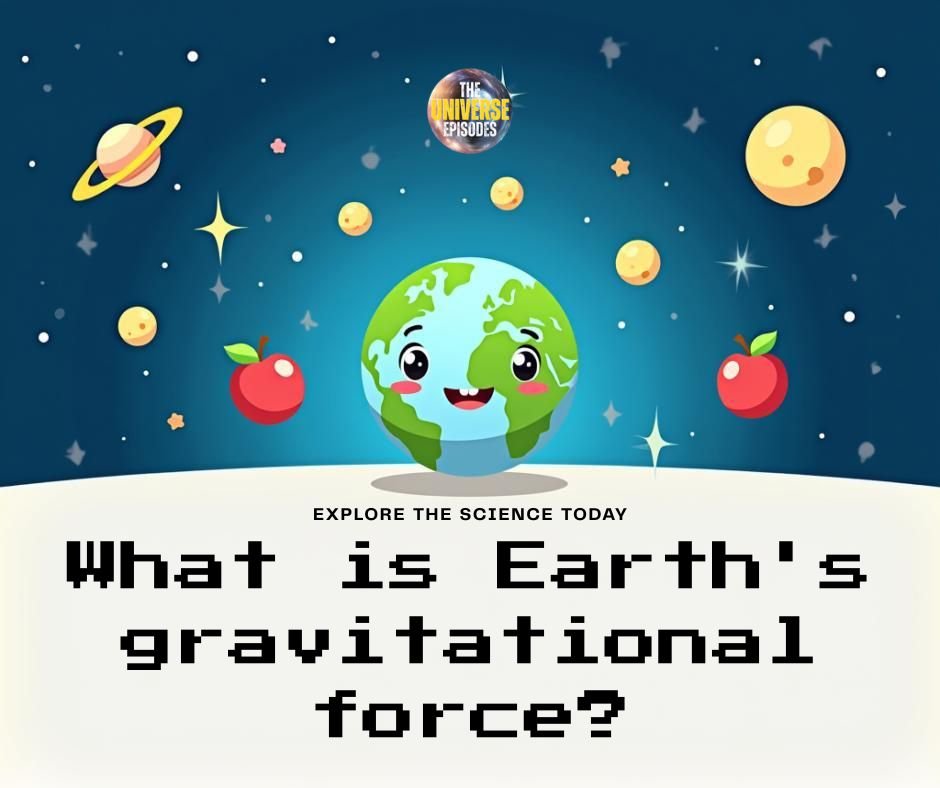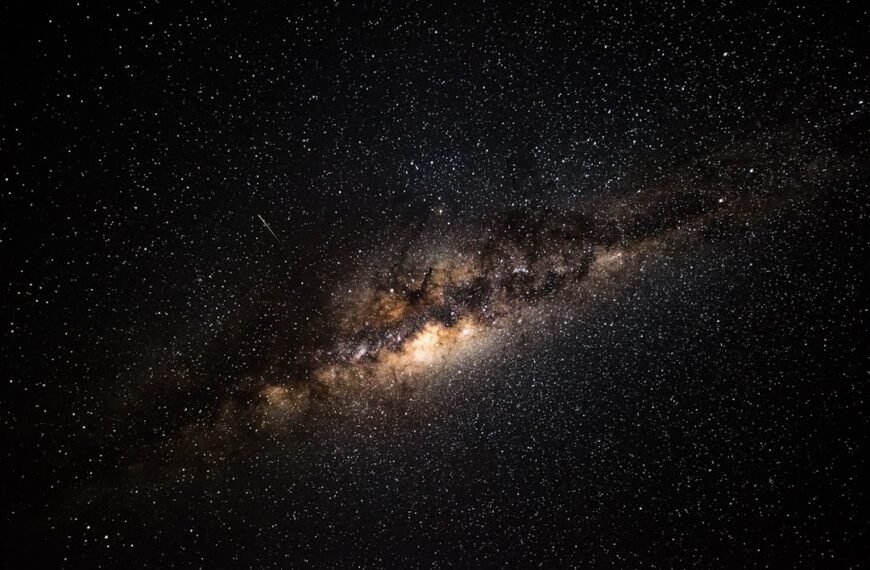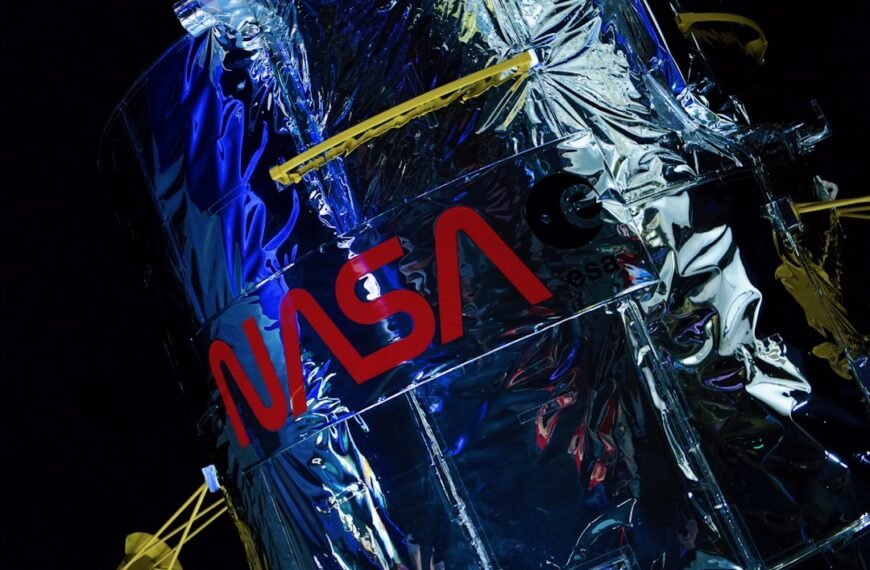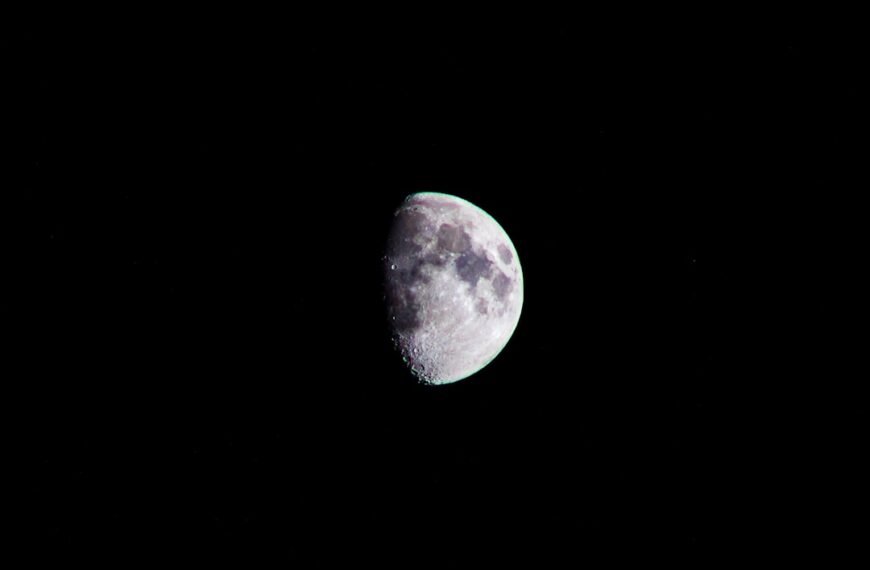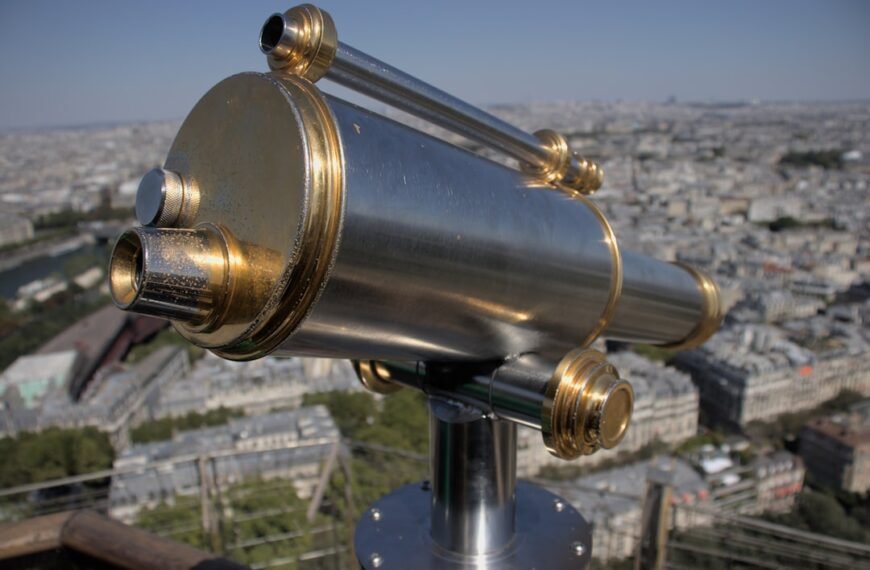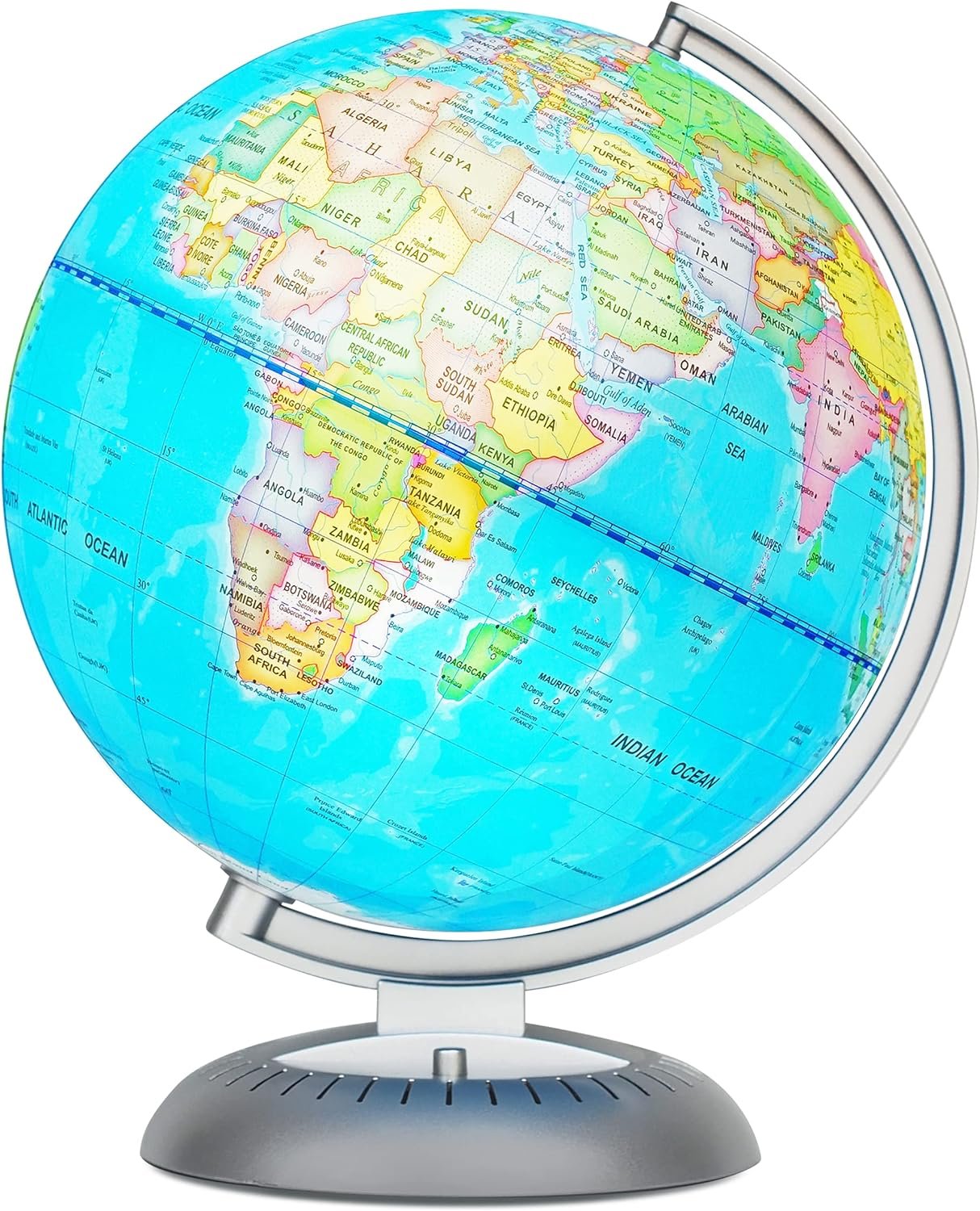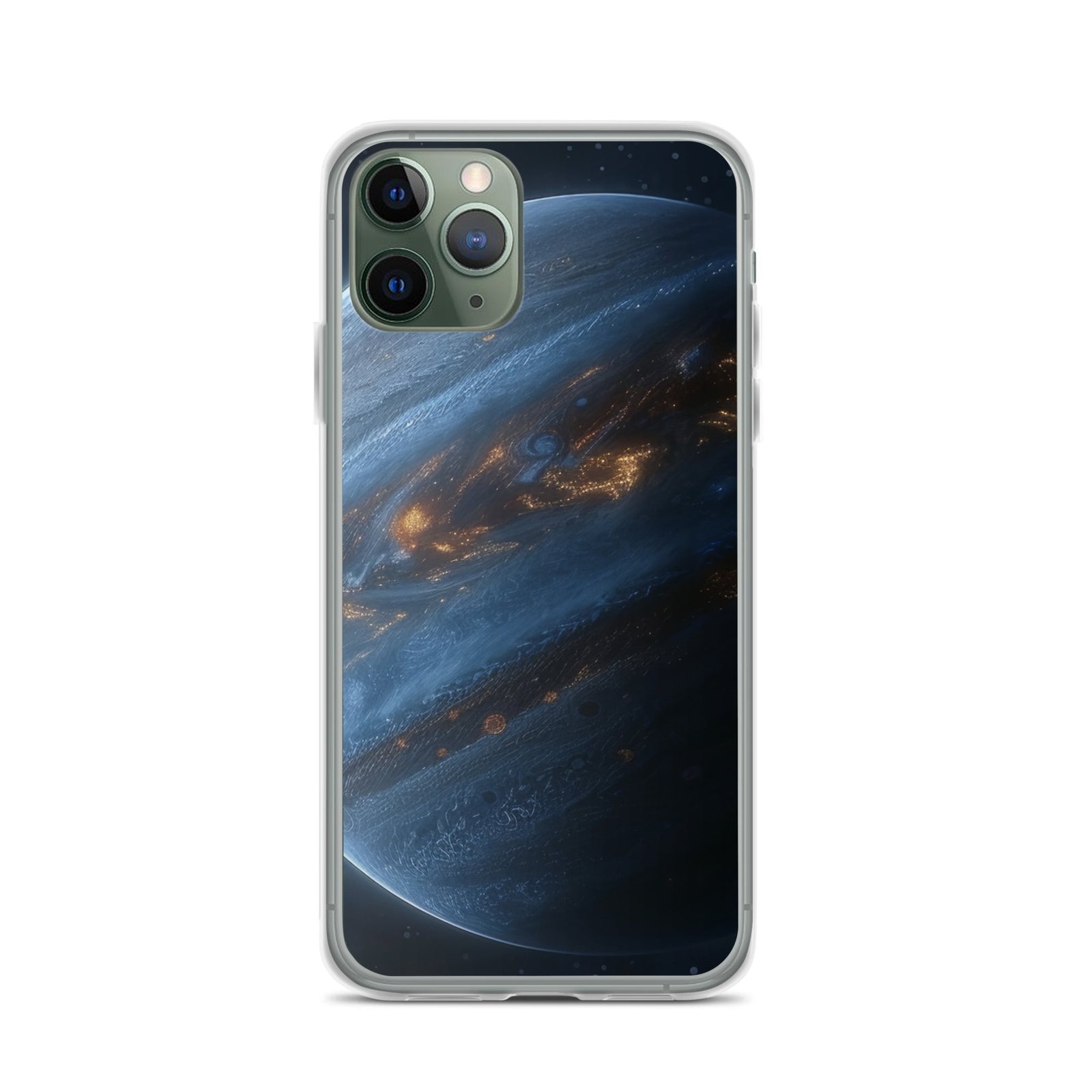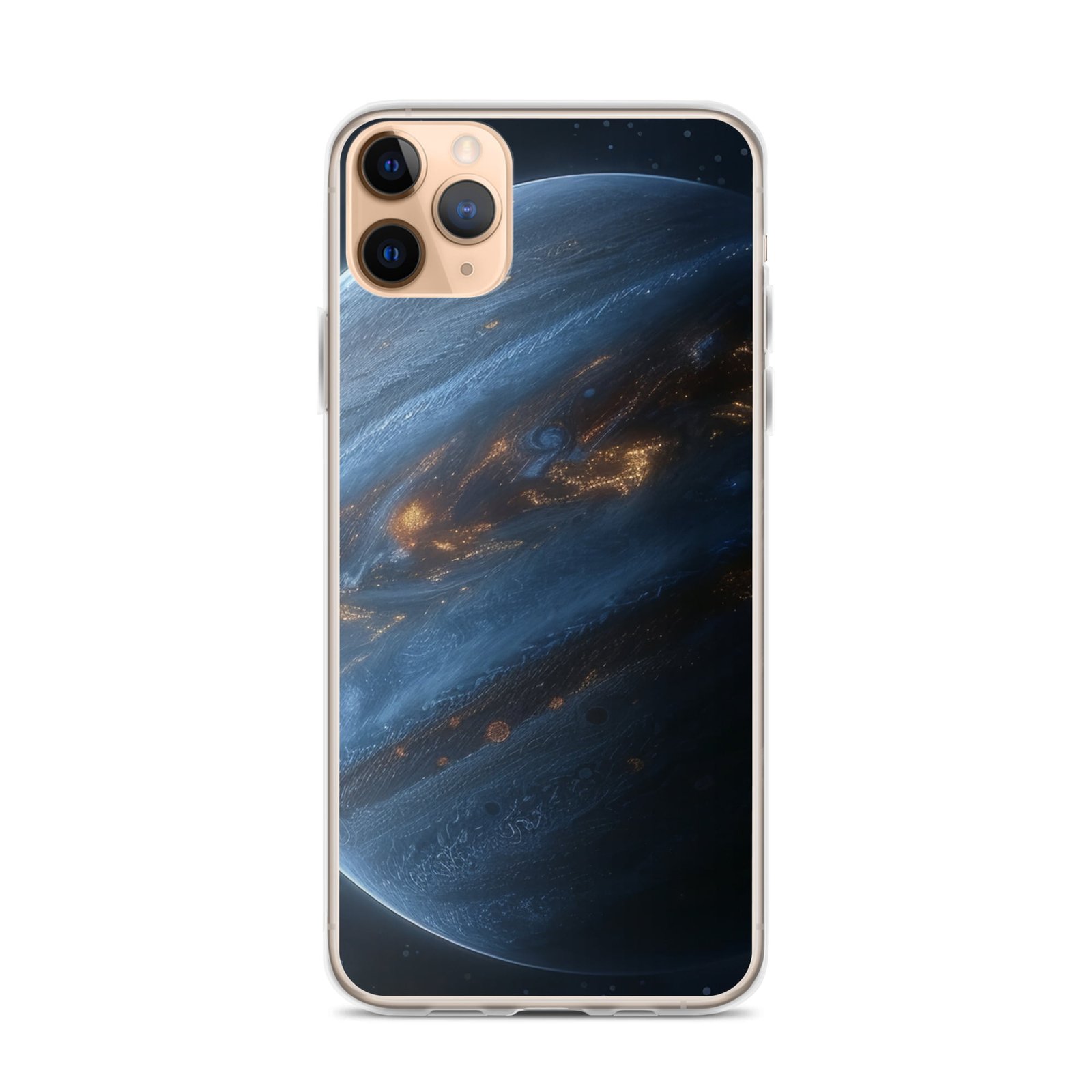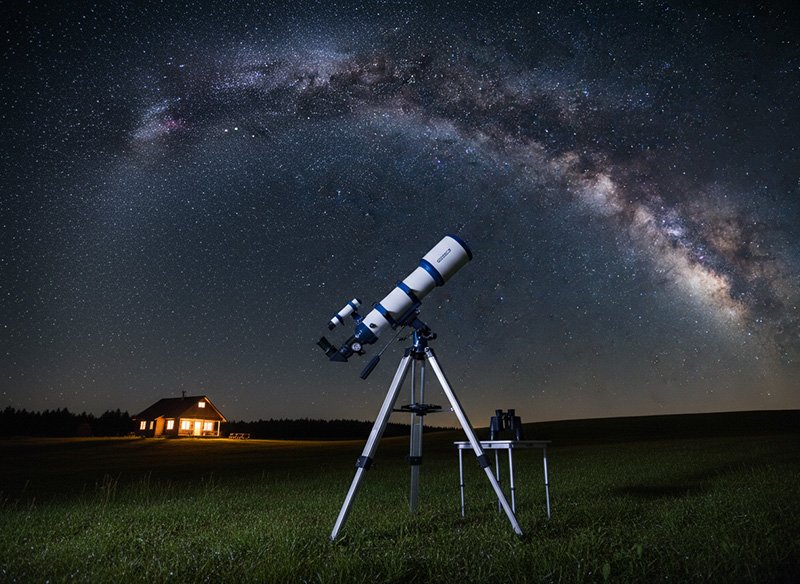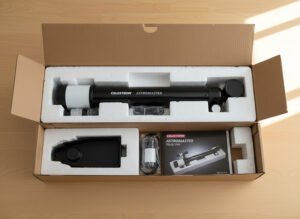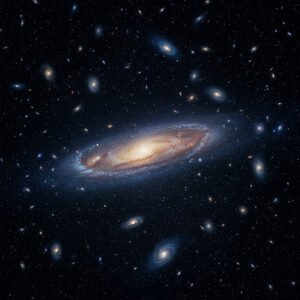Key Takeaways
- Voyager 1 is the farthest human-made object in space, launched by NASA in 1977.
- It has sent back groundbreaking images and data from Jupiter, Saturn, and beyond.
- The spacecraft discovered active volcanoes on Jupiter’s moon Io, rings around planets, and a “pale blue dot” image of Earth.
- Voyager 1 is now in interstellar space, still transmitting data after more than 45 years.
What Is Voyager 1?
Voyager 1 is a space probe launched by NASA on September 5, 1977. Its original mission was to study the outer planets of our solar system, especially Jupiter and Saturn. What made Voyager 1 special was its ability to keep going—way beyond its original mission. As of now, it is over 14 billion miles from Earth and continues to communicate with NASA (NASA Voyager Mission).
Why Was Voyager 1 Built?
In the 1970s, NASA saw a rare planetary alignment that would allow a spacecraft to visit multiple outer planets using gravity assists. This alignment occurs only once every 176 years. Voyager 1 (and its twin, Voyager 2) were built to take advantage of this opportunity (NASA Science: Voyager).
Major Voyager 1 Discoveries in Space
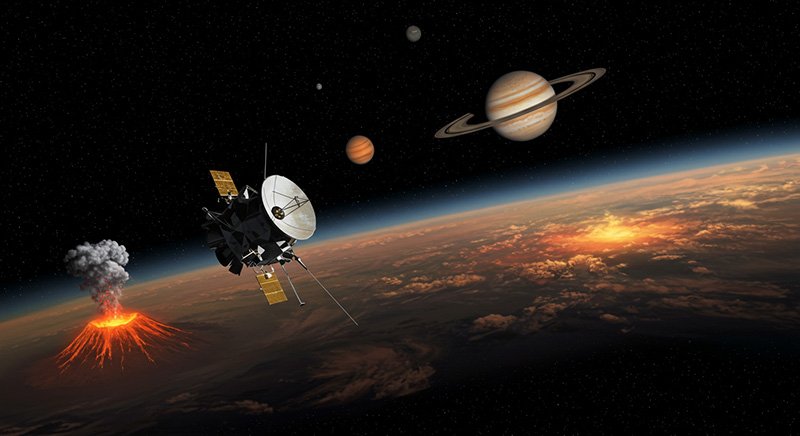
1. Volcanoes on Io (Jupiter’s Moon)
In 1979, Voyager 1 captured images of active volcanoes erupting on Io, one of Jupiter’s moons. This was the first time volcanic activity had been observed outside Earth. Scientists were stunned, as they had never expected to find volcanoes on another world (NASA Solar System Exploration).
2. Jupiter’s Rings
Voyager 1 discovered faint rings around Jupiter—something that was completely unknown at the time. Before this, scientists only knew about Saturn’s prominent rings (NASA Voyager 1 Science Summary).
3. The “Pale Blue Dot”
In 1990, Voyager 1 turned around and took a photo of Earth from 6.1 billion kilometers away. Earth appeared as a tiny dot, less than a pixel in size. Astronomer Carl Sagan called this image the “Pale Blue Dot”, reminding humanity of our small place in the vast universe (NASA: The Pale Blue Dot).
4. Saturn and Its Moons
Voyager 1 flew by Saturn in 1980 and observed its complex ring system and several of its moons, including Titan. Titan showed signs of a thick atmosphere rich in organic compounds, making it a subject of ongoing interest in astrobiology (NASA: Voyager at Saturn).
Technology Onboard: A 1970s Computer Still Running
Voyager 1 uses technology from the 1970s, including an 8-track tape recorder and a computer with about 240 kilobytes of memory. For perspective, that’s less memory than a digital watch today. Yet it has sent back thousands of photos and continues to collect data (NASA Voyager Factsheet).
How Voyager 1 Travels So Far
Voyager 1 used gravity assists—a method where the spacecraft gains speed by flying close to planets. These slingshot maneuvers gave it the velocity to escape the solar system.
Today, Voyager 1 is traveling at about 38,000 miles per hour (61,000 km/h). It takes over 20 hours for signals to reach Earth from its current location (NASA Deep Space Network).
Entering Interstellar Space
In August 2012, NASA confirmed that Voyager 1 had entered interstellar space. This means it passed beyond the heliosphere—the region influenced by the Sun’s magnetic field and particles. Voyager 1 is now moving through the space between stars (NASA Voyager Status).
Voyager 1 Today: What Is It Doing in Deep Space?
Even now, Voyager 1 is collecting data on:
- Cosmic rays
- Magnetic fields
- Particle density
Its instruments are aging, and power is slowly running out. But each bit of data helps scientists understand the environment outside our solar system (NASA Voyager Mission).
The Golden Record: Earth’s Message to the Cosmos
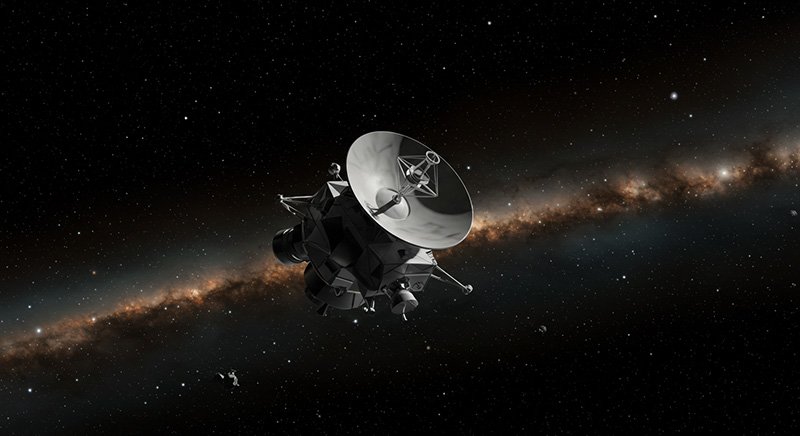
Voyager 1 carries a golden record, a 12-inch gold-plated copper disc. It contains:
- Greetings in 55 languages
- Music from around the world
- Sounds of nature (like thunder and whale songs)
- Images of life on Earth
This was intended as a message for any intelligent life that might someday find the probe (NASA: The Golden Record).
Why Voyager 1 Matters
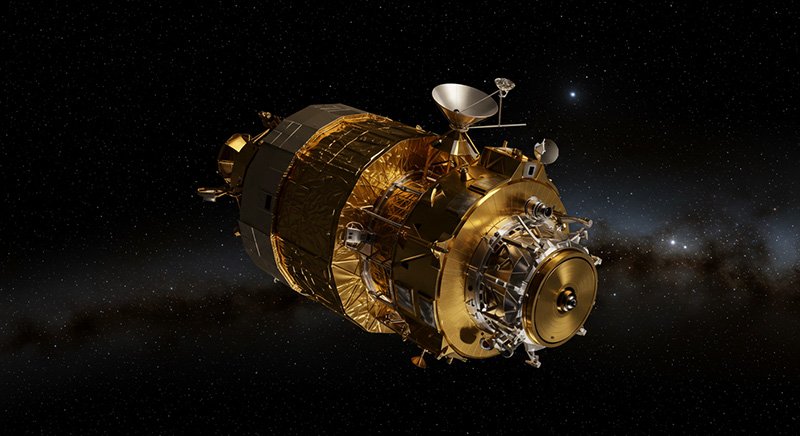
Voyager 1 changed the way we understand space. It proved that our solar system is more dynamic and mysterious than we thought. Its discoveries of volcanoes, planetary rings, and the pale blue dot image of Earth reshaped how we think about our place in the universe.
It is also a symbol of human curiosity and exploration—traveling further than any other object we’ve ever built.
Final Thoughts
Voyager 1 started as a mission to explore the outer planets, but it became a journey into the unknown. More than four decades later, it’s still teaching us new things.
As long as it continues to send signals, Voyager 1 will remain a quiet voice from the edge of space—reminding us that discovery has no end.

